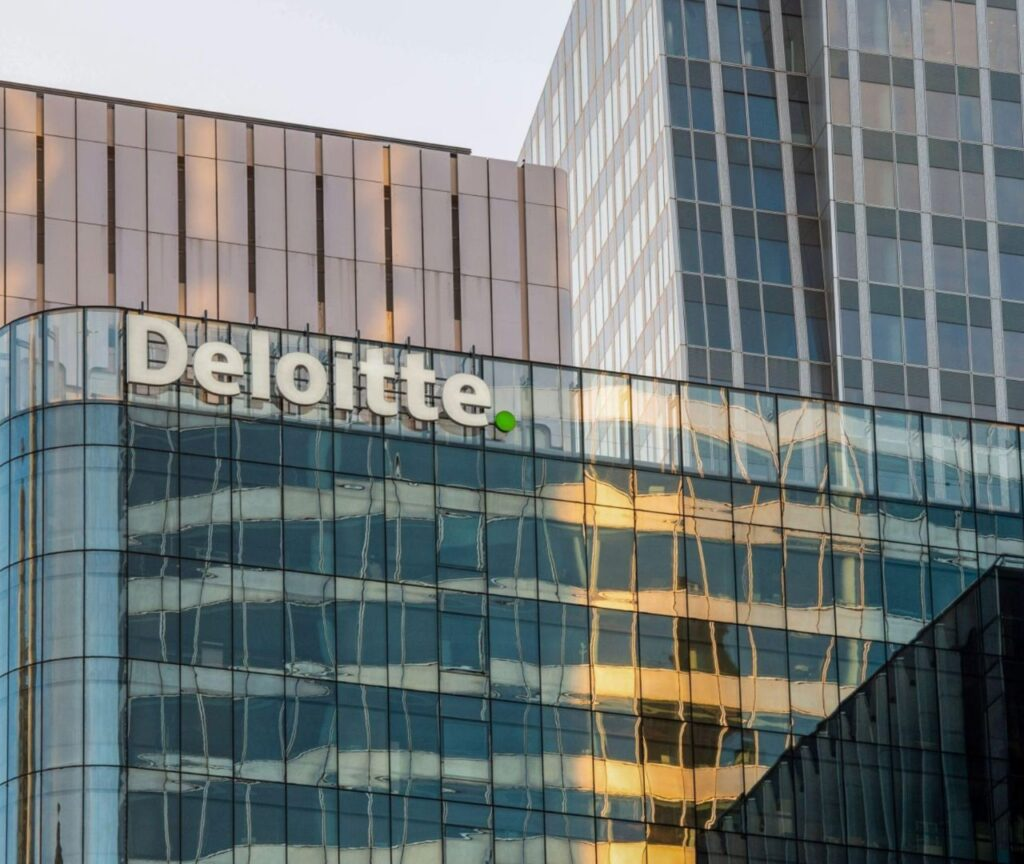
Scientists have uncovered more than 1,700 viruses from deep within a glacier on the Tibetan Plateau, most of which are new to science. These viruses, extracted from a 1,000-foot ice core in the Guliya Glacier, date back 41,000 years and span three major climate shifts. Researchers found that viral communities differed significantly between cold and warm periods, suggesting a potential link between viruses and climate change.
Warming may have eliminated some viruses while introducing new ones from distant regions like the Arctic. These ancient viruses could provide insights into how life evolved through past climate changes and help understand whether ancient ecosystems were carbon sinks or sources. Although some dormant viruses released from melting glaciers might pose risks, the viruses from the Guliya glacier do not threaten humans, according to the study published in Nature Geoscience. Researchers emphasize the importance of studying these viruses before glaciers disappear. Read More
News Credit: Yale Environment 360
Picture Credit: unknown








